
The Portraits of Ruins
The Portraits of Ruins describes the fate of the ancient houses in China that aims to draw people’s attention and introspection. Is this the only destiny for old traditions when faced with the rapid development of society?
In the small fishing villages at the eastern coast in Weihai, China, there are some distinctive houses. The houses have been called seaweed houses that consist with seaweed roof and unwrought stone. Seaweed houses are the most typical folkloric houses in China and could track back from the B.C. Empire of Qin to the A.C. Empire of Song, Ming, Qing. However, according to the government investigation from 2004, more than eighty percent of seaweed houses have been demolished and abandoned in order to follow the Chinese policies of New Socialist Countryside Construction. Moreover, all the residents of the photographed houses have to move out and change their lifestyle. The situation of demolition and destruction of seaweed houses became a context and content for this project.
From 2007, I began to notice the situation of seaweed houses and revisit the most representative seaweed houses every year. During these years, I witness that the seaweed houses were pulling down every day, and modern buildings or manufactories were building up every year. It is, therefore, to carry out this project and show the two situations of seaweed houses. On the one hand, seaweed houses were destroyed and in that case can be found on the forklift truck, the remaining stones, walls and the ruined roofs. On the other hand, the abandoned seaweed houses were hidden behind the fast-growing weeds and the trees. The Portraits of Ruins questions the heavy price for the urbanization and industrialization.
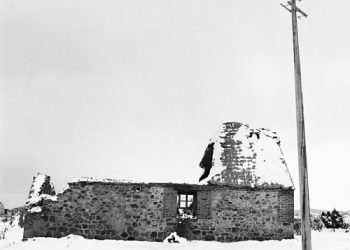
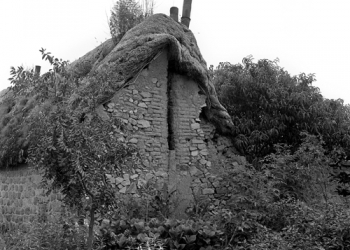


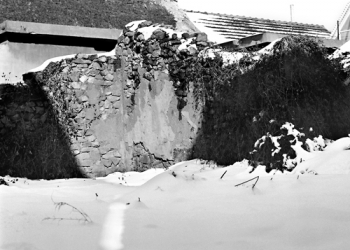

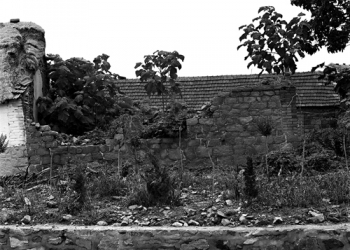

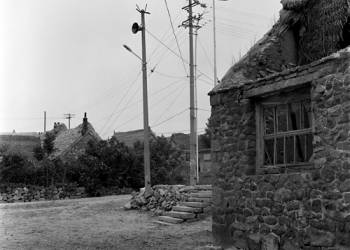

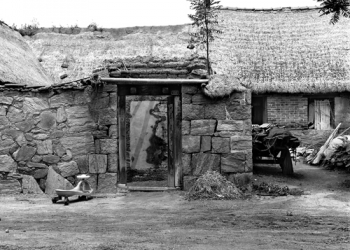
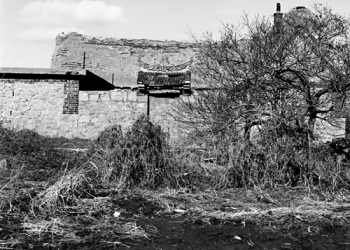


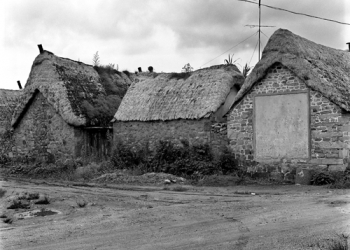
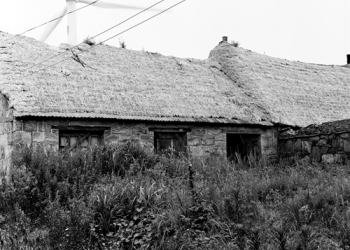


Comments are closed, but trackbacks and pingbacks are open.